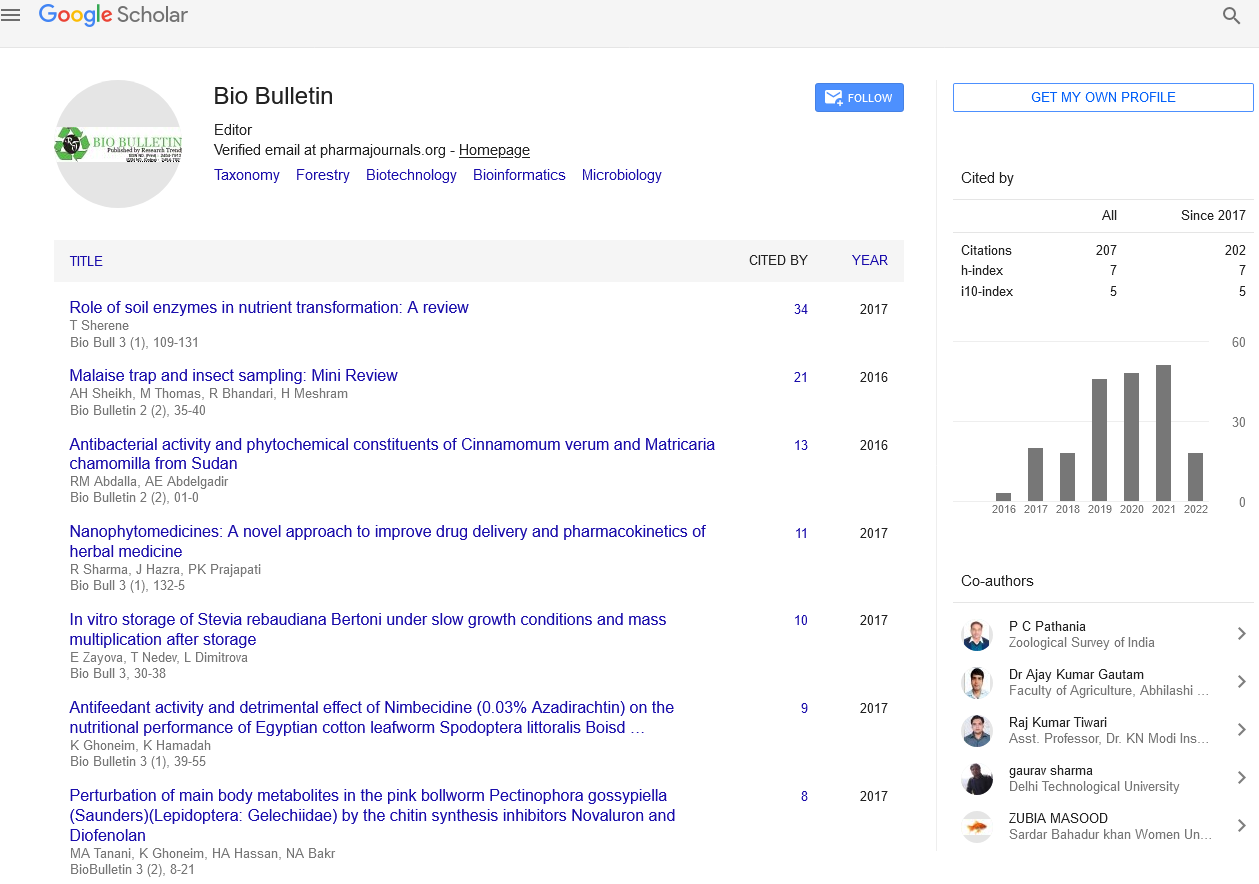The Linear Order Determination of Nucleotide Bases in Deoxyribonucleic Acid by Chemical Enzymatic or Technological Procedures
Commentary - (2022) Volume 8, Issue 2
Abstract
http://www.surgeryjournals.com/
http://www.surgeryinsights.com/
http://www.medicineinsights.com/
http://www.medicinaljournals.com/
http://www.medicalsci.org/
http://www.eclinjournals.com/
http://www.eclinicalsci.org/
http://www.eclinicaljournals.org/
http://www.eclinicalinsight.com/
http://www.clinicalres.org/
http://www.clinicalinsight.org/
http://www.clinicalmedicaljournal.com/
http://www.clinicalmedicaljournal.org/
http://www.tradescience.org/
http://www.pharmares.org/
http://www.pharmainsights.org/
http://www.epharmajournal.org/
http://www.epharmajournal.com/
http://www.nursingres.org/
http://www.nursingres.com/
http://www.healthcareres.org/
http://www.healthcareinsights.org/
http://www.enursingcentral.com/
http://www.enursingcare.org/
http://www.ehealthjournals.org/
http://www.ehealthjournals.com/
http://www.psychiatryres.com/
http://www.neurologyres.com/
http://www.neurologyinsights.org/
http://www.neurologyinsight.com/
http://www.managjournal.com/
http://www.emedscience.org/
http://www.emedicinejournals.org/
http://www.molbioljournal.org/
http://www.molbioljournal.com/
http://www.engjournals.com/
http://www.enginsights.org/
http://www.edentalcentral.com/
http://www.dentistryjournals.org/
http://www.dentistryinsights.org/
http://www.scitechjournal.org/
http://www.jscitech.com/
http://www.pulsusjournal.com/
http://www.peerreviewjournal.org/
http://www.peerreviewjournal.com/
http://www.peerreviewedjournals.org/
http://www.journalinsight.org/
http://www.escientificjournals.com/
http://www.escienceopen.com/
http://www.esciencejournals.org/
http://www.esciencejournals.com/
http://www.emedicalscience.com/
http://www.emedicalsci.org/
http://www.emedicalsci.com/
http://www.microbiologyres.com/
http://www.microbialjournals.com/
http://www.immunologyres.com/
http://www.immunologyinsights.com/
http://www.molecularbiol.com/
http://www.esciencejournal.org/
Description
The Human Genome Project set out to sequence every human chromosome DNA, with the goal of advancing human biology and improving medicine. The goal of this study was to identify the order of all 3 billion nucleotides in the human genome, which was a massive undertaking. To achieve this lofty goal, scientists developed a variety of sequencing techniques that prioritized speed without excess loss of accuracy. These techniques initially built on the so- called Sanger process, which was first established in the 1970s, increasingly automating it and increasing the number of samples that could be sequenced at once. In reality, machines that used automated variant of the Sanger method were essential to the Human Genome Project. In recent years, however, researchers have increasingly relied on newer, faster techniques known as 454 sequencing.
Technologies for early DNA sequencing
Early efforts at sequencing genes were painstaking, time consuming, and labor intensive. Things began to change in the mid-1970s, when researcher Frederick Sanger developed many faster, more effective DNA sequencing procedures. Sanger work in this field was so ground breaking.
The Sanger sequencing technique was automated, considerably fastened, and further refined over the next several decades as a result of technological breakthroughs. Sanger sequencing is also known as the chain-termination or dideoxy method. It involves in synthesizing DNA chains of varied lengths with a purified DNA polymerase enzyme.
The inclusion of Dideoxynucleotide Triphosphates (ddNTPs) in the Sanger method reaction mixture is a key characteristic. During DNA strand elongation, these chain-terminating dideoxynucleotides lack the 3' Hydroxyl (OH) group required to create the phosphodiester link between one nucleotide and the next. When a dideoxynucleotide is integrated into a developing strand, it prevents it from extending further. Many of these reactions produce a variety of DNA fragments of various lengths. These fragments are then separated by size using gel or capillary tube electrophoresis, a technique in which molecules are pulled over a gel substrate or a hair like capillary fiber by an electric field. This method is sensitive enough to differentiate DNA fragments with only a single nucleotide difference in size.
Automated DNA sequencing
Applied Biosystems began manufacturing automated DNA sequencing equipment based on the Sanger method in 1986. Each nucleotide was labeled with fluorescent dyes, allowing the reactions to be conducted in one column and read by color. Although the machines were more expensive than traditional glass plates and gels, the machines provides sequence data that is cheaper and faster than the traditional glass plates and gels, once the investment was made, these machines provided sequence data cheaper and faster than the traditional method.
Despite the fact that the fundamental Sanger method was still being used to sequence full genomes, time and expense constraints remained to limit the number of genomes that can be finished. With more complex separation tactics, alternate visualization strategies, and more parallel samples and sequencing technologies are evolved throughout the time. As a result, most modern PCs can handle 96 samples at once. Furthermore, whereas traditional gel-based Sanger sequencing and early machines can only generate 250-500 base pairs of DNA sequence per reaction, 750-1000 base pairs of sequence can now be read from a single reaction, making sequencing a considerably more affordable choice. In addition, non-gel sequencing technologies have been developed to improve sequencing efficiency even more. Flow cytometry, scanning microscopes, mass spectrometry, and hybridization methods are just a few examples.
Conclusion
As the preceding sections demonstrate, both ancient and new sequencing technologies have provided the information on numerous genomes. Beginning in the 1970s, the Sanger technique allowed scientists to sequence long segments of DNA at speeds never before possible. Further improvement and automation of this method increased sequencing rates, allowing researchers to reach major milestones in the Human Genome Project. Newer pyro-sequencing methods have dramatically reduced the cost of sequencing, and may one day allow everyone to have access to individualized genomic information. The ability to read how human genes are expressed offers the promise of advanced medical treatments, but it will certainly require considerable work to generate, understand, organize, and apply this massive amount of data to human disease.
Author Info
Joel Joy*Citation: Joy J (2022) The Linear Order Determination of Nucleotide Bases in Deoxyribonucleic Acid by Chemical Enzymatic or Technological Procedures. Bio Bulletin, 8(2): 01-02.
Received: 02-Jun-2022, Manuscript No. BIOBULLETIN-22-66759; , Pre QC No. BIOBULLETIN-22-66759(PQ); Editor assigned: 07-Jun-2022, Pre QC No. BIOBULLETIN-22-66759(PQ); Reviewed: 28-Jun-2022, QC No. BIOBULLETIN-22-66759; Revised: 05-Jul-2022, Manuscript No. BIOBULLETIN-22-66759(R); Published: 15-Jul-2022, DOI: 10.35248/2454-7913.22.8.097
Copyright: This is an open access article distributed under the terms of the Creative Commons Attribution License, which permits unrestricted use, distribution, and reproduction in any medium, provided the original work is properly cited.

